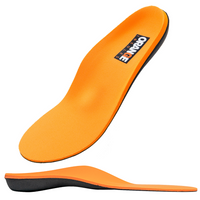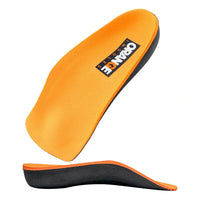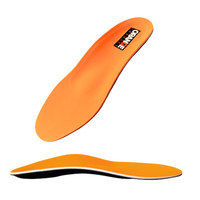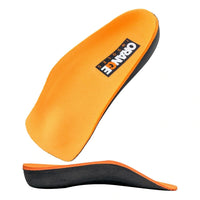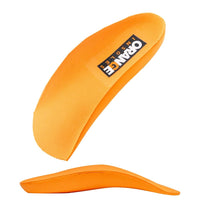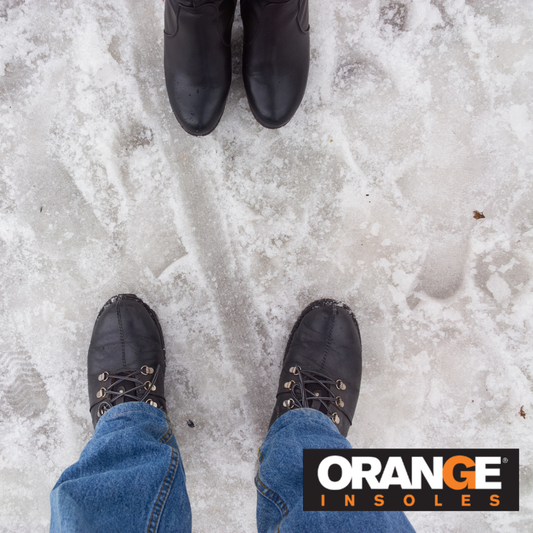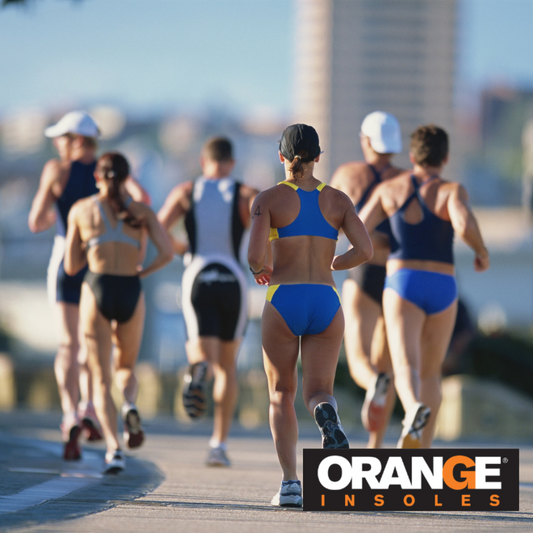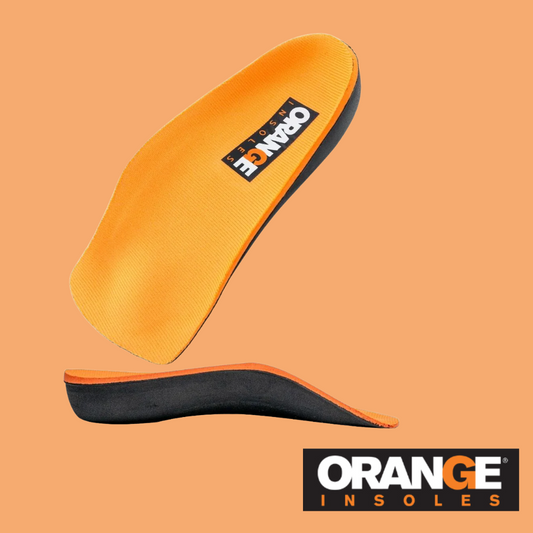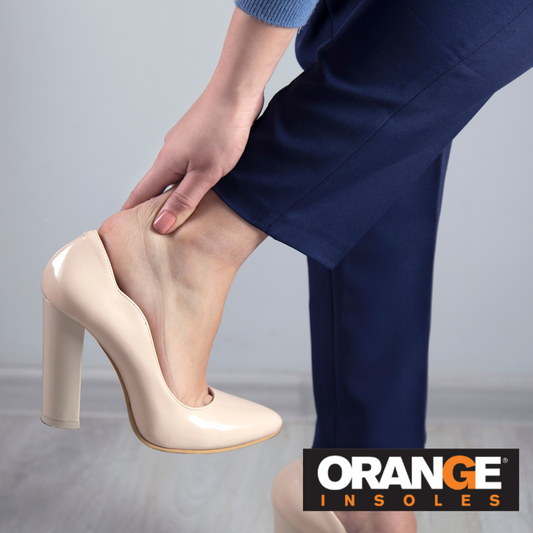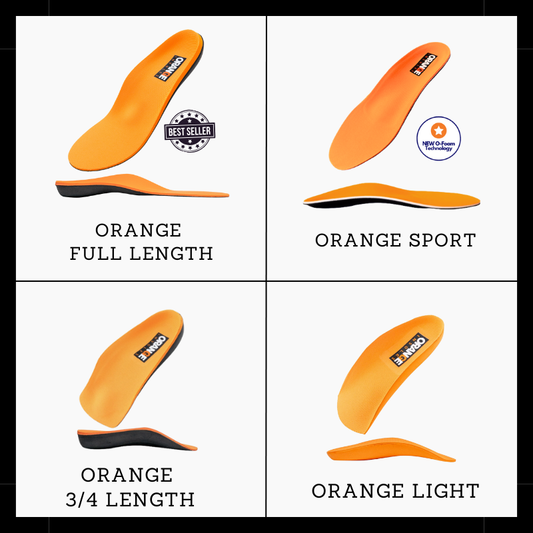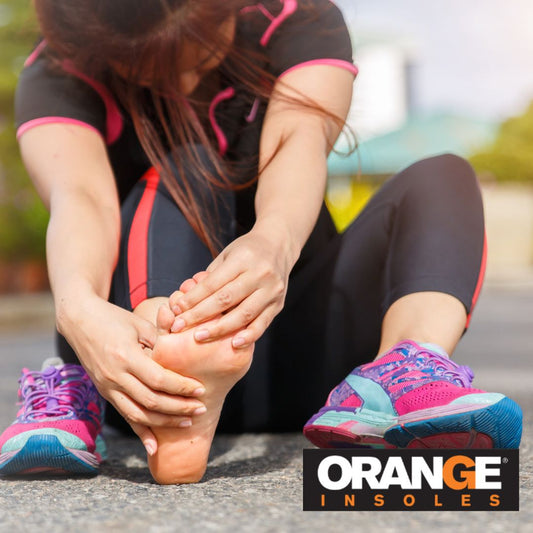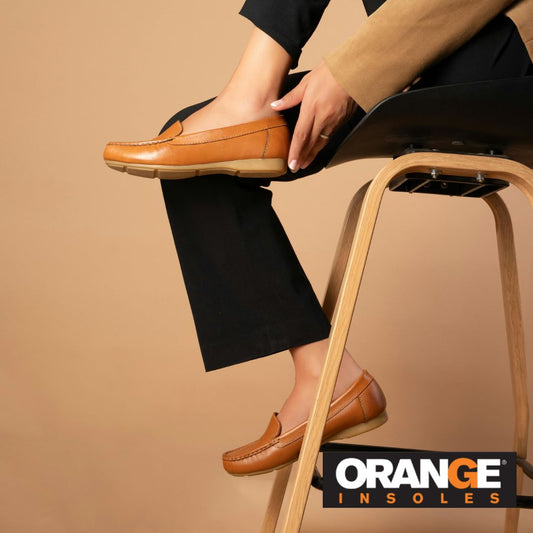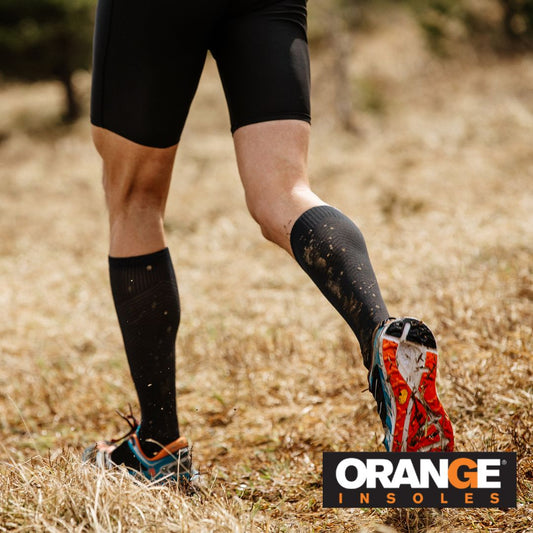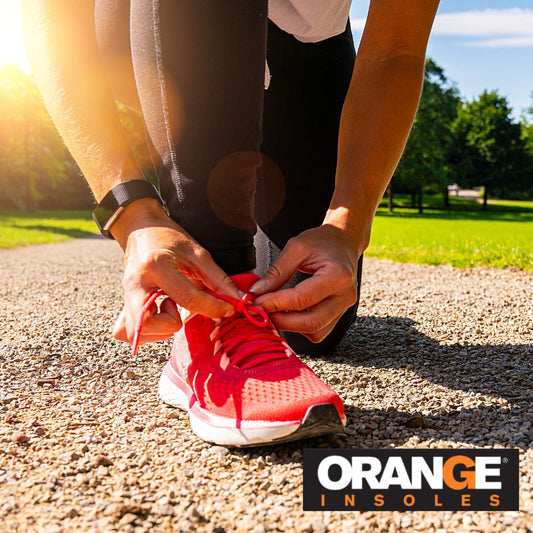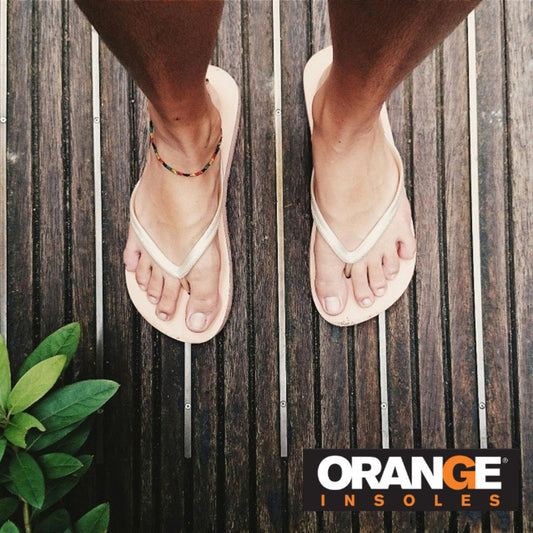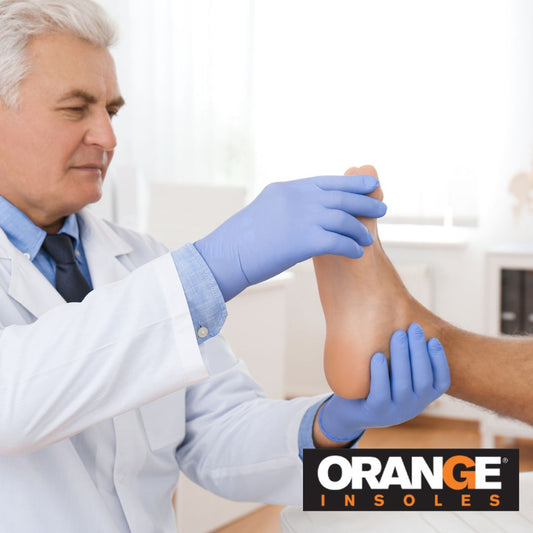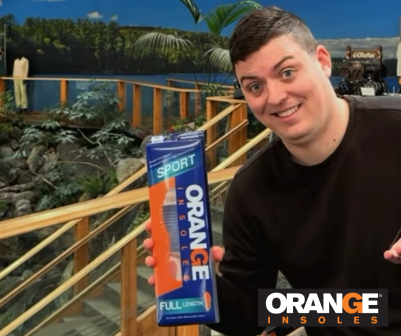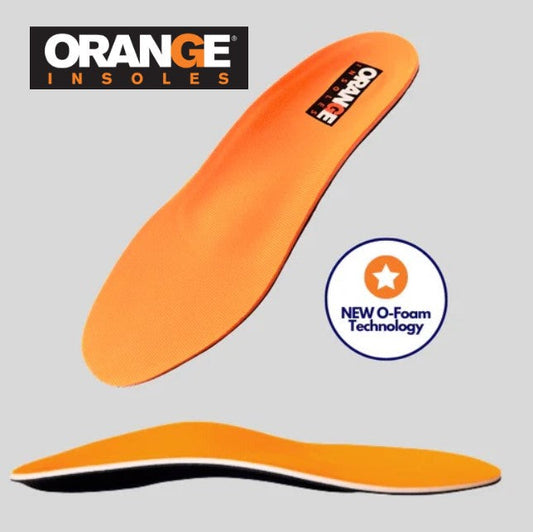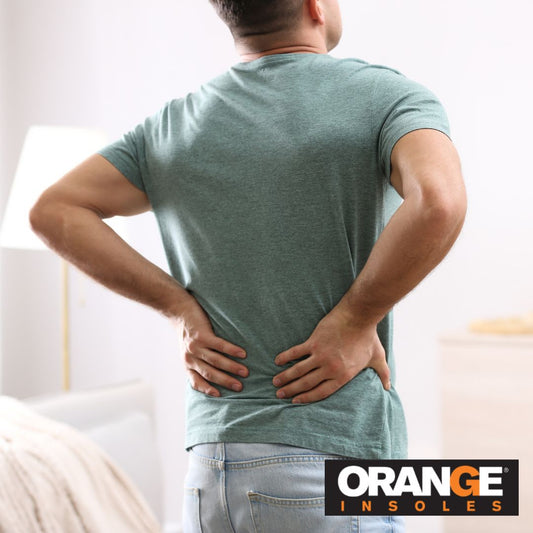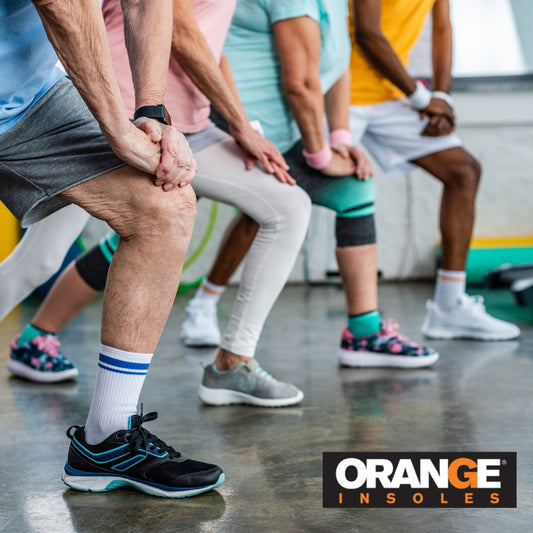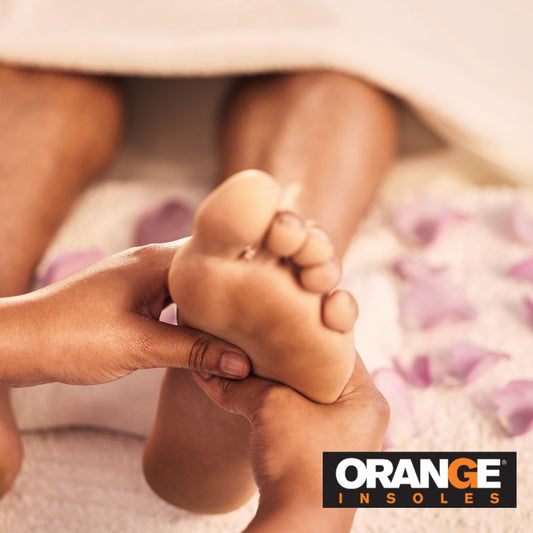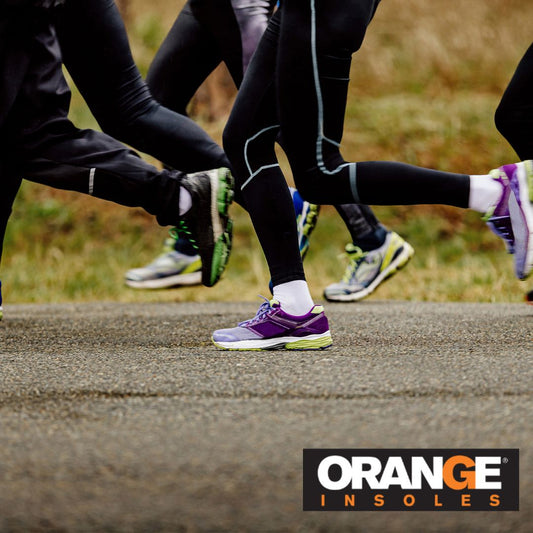After a long day on your feet, you may feel like your soles are screaming. That dragging, aching, heavy sensation? It’s called foot fatigue, and it affects more people than you think from retail workers and nurses to parents, runners, and office workers who don’t move enough. It’s not just about tired feet. It’s often a sign that your body isn’t getting the support it needs.
If you’ve been dealing with persistent foot fatigue, don’t just power through it. Let’s talk about what causes it, how to treat it, and what you can do to prevent it from slowing you down.
What Causes Foot Fatigue?
Foot fatigue happens when the muscles in your feet are overworked or poorly supported. Common causes include:
-
Standing for long periods without breaks
-
Wearing unsupportive shoes, like flats or worn-out sneakers
-
Flat arches or improper alignment
-
Overuse from activity, like running, hiking, or lifting
-
Poor posture or weight distribution
When your feet don’t get proper support, the rest of your body compensates. That leads to strain on your knees, hips, and back making everything feel worse over time.
How to Treat Foot Fatigue
Thankfully, foot fatigue is very treatable. Here are proven strategies to give your feet the relief they deserve:
1. Supportive Insoles
Support is the first thing to address. A high-quality insole adds structure, improves alignment, and redistributes pressure across your foot. This reduces muscle overuse and prevents pain from building up throughout the day.
Orange Insoles are designed to offer full arch support, deep heel cups, and shock absorption to keep your feet feeling fresher, longer. And no they’re not just for older adults. Even young professionals and athletes benefit from structured support. If you’re not sure, take a look at Are Insoles Only for Old People?.
2. Stretching and Strengthening
Daily foot stretches can do wonders for relieving tension and strengthening tired muscles. Try:
-
Calf stretches to relieve heel pressure
-
Toe curls using a towel or small object
-
Rolling your foot over a ball to massage the fascia
-
Arch lifts to activate intrinsic foot muscles
These movements improve circulation, reduce stiffness, and make your feet more resilient over time.
3. Massage and Soaking
A relaxing soak can double as a recovery tool. Adding Epsom salt to your foot bath may help reduce inflammation and ease tension after a long day. We explored this in detail in Epsom Salt Foot Soak: Relaxation or Recovery?. Even if you don’t have Epsom salt on hand, warm water and gentle massage can still promote blood flow and pain relief.
4. Compression and Elevation
Compression socks can help reduce swelling and improve circulation, especially if you stand or sit for long periods. Pair this with elevating your feet above heart level for 15 to 20 minutes to drain fluid and reduce that heavy, tired feeling.
5. Better Footwear Choices
Your shoes should work with your feet, not against them. Look for:
-
Arch support and cushioned soles
-
A wide toe box to prevent cramping
-
Breathable material and solid heel support
Avoid shoes with flat, unsupportive soles or worn-out cushioning. Rotating your footwear can also give your muscles a break and prevent imbalances.
6. Address Alignment Issues
Sometimes, foot fatigue stems from the way your body stacks itself. Misalignment can affect how pressure is distributed when you walk or stand. Realigning your feet with structured insoles can help restore balance and reduce strain. For a deeper look, check out Pain From Aging? Realign for Relief.
When Is It NOT Foot Fatigue?
Not all foot pain is caused by fatigue. While tired muscles and overuse are common, persistent or sharp pain could point to other underlying conditions. Here are a few red flags that suggest something more serious might be going on:
-
Localized heel pain that’s worst in the morning could indicate plantar fasciitis
-
Burning or tingling sensations may be a sign of nerve compression or neuropathy
-
Pain in the ball of your foot might be metatarsalgia or even a stress fracture
-
Swelling and redness in one foot could be due to an injury or inflammation
-
Pain that doesn’t improve with rest may suggest a more chronic or structural issue
If your discomfort doesn't ease with typical treatments like rest, stretching, or supportive insoles, it’s worth checking with a podiatrist or healthcare provider. Identifying the correct cause early on can prevent long-term complications.
Don’t Power Through the Pain, Treat It
Foot fatigue isn’t just an end-of-day inconvenience. It’s your body’s way of saying it needs support. The right combination of support, recovery, and intentional movement can help you feel lighter, stronger, and more energized.
Shop Orange Insoles today to give your feet the foundation they need because feeling good starts from the ground up.
